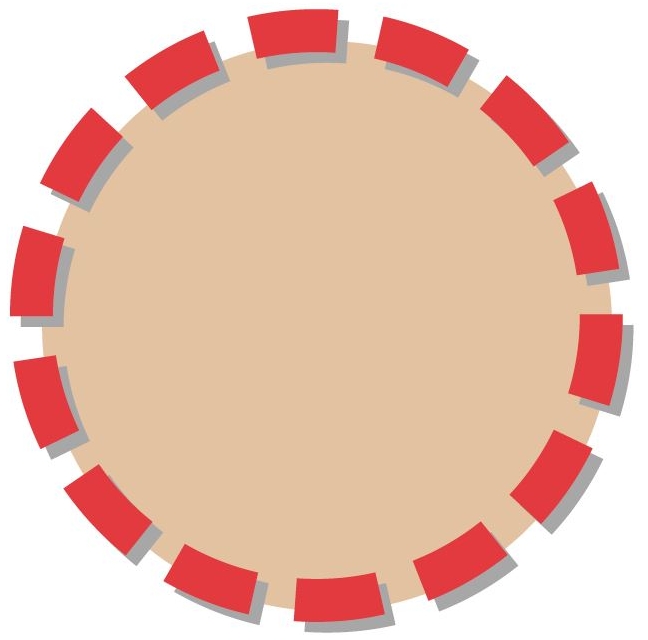An example of a neighborhood node identified in the Future Land Development Map that is located in Vine neighborhood.
Throughout IK2025 the desire to have more daily needs closer for residents to walk to was heard in every neighborhood. To achieve this, the Future Land Development Plan designates Nodes at key intersections or along specific blocks.
What are nodes?
Nodes consist of walkable areas with a mix of uses that give residents easy access to their daily needs. Nodes are a way to create choices and equal access for residents. The Future Land Development Plan designates two scales of walkable urban Nodes: Neighborhood and Commercial.
Neighborhood Node
Small scale retail area that serves adjacent neighborhoods
Commercial Node
Large scale retail destination that serves several neighborhoods
See the Future Land Development Map below for the location of Neighborhood and Commercial Nodes.
Node Design Strategies
Both Nodes will apply the following design strategies.
Street Design
Creating a comfortable and safe pedestrian environment is critical. This can include wide sidewalks, street trees, furniture, and reduced traffic speeds.
Parking Management
Parking should be located at the rear of a building or on the street. On-street parking is preferred because it adds a buffer area to protect pedestrians from traffic. Reducing parking area increases the area for employment, housing, parks, and art.
Land Use
Development can include commercial, office, and residential to create vibrant mixed-use areas.
Open Space
Plans should include public spaces (squares, plazas, etc.) to encourage social interaction.
Building Placement
Buildings should be close to the sidewalk with large windows and clear entrances to create a continuous, inviting, walkable street.
Daily Needs
Kalamazoo residents desire the ability to safely meet their daily needs within their neighborhoods. This includes access to shopping, neighborhood gathering space, and basic services. This criteria requires that a neighborhood have access to a minimum number of different stores. By creating a concentration of retail, as well as a comfortable and safe pedestrian environment, nodes are one way to make it easier for residents to access their daily needs.











